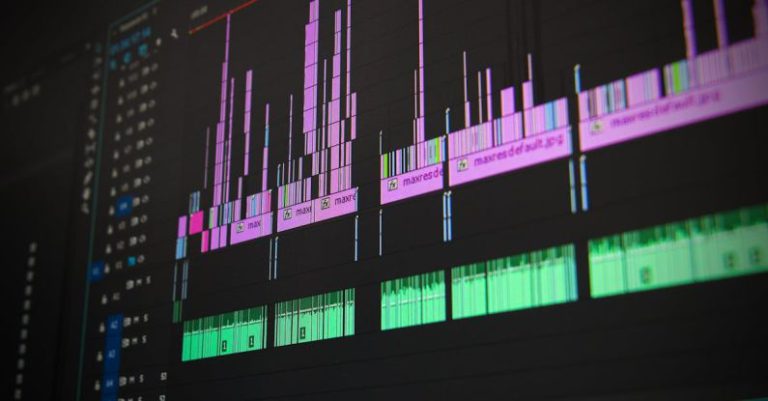Building a Vr-ready Pc from Start to Finish
Embarking on the journey of building a VR-ready PC can be an exciting and rewarding experience for any tech enthusiast. With the rapidly advancing technology in virtual reality, having a powerful computer that can handle the demands of VR gaming and applications is essential. In this guide, we will walk you through the process of building your own VR-ready PC from start to finish, ensuring that you have the necessary components and knowledge to create a system that will provide an immersive VR experience.
Choosing the Right Components
The first step in building a VR-ready PC is selecting the right components that will meet the performance requirements of virtual reality. The most critical parts to consider are the CPU, GPU, RAM, storage, and power supply. For VR gaming, a high-performance CPU, such as an Intel Core i7 or AMD Ryzen 7, is recommended to ensure smooth gameplay and multitasking capabilities. Pairing the CPU with a powerful GPU, such as an NVIDIA GeForce RTX series or AMD Radeon RX series, is essential for rendering realistic graphics in VR environments.
When it comes to RAM, a minimum of 16GB is recommended for optimal performance in VR applications. Storage is also crucial, with a solid-state drive (SSD) providing faster load times and data transfer speeds compared to traditional hard disk drives. Lastly, choosing a reliable power supply unit with enough wattage to support the components is essential to ensure stability and longevity of the system.
Assembling the PC
Once you have gathered all the necessary components, it’s time to assemble your VR-ready PC. Start by preparing the case and installing the power supply unit, motherboard, CPU, and RAM. Carefully follow the manufacturer’s instructions for each component to ensure proper installation and avoid any damage. Next, install the GPU, storage drives, and any additional components, such as cooling fans or RGB lighting, to customize your build.
After all the components are securely installed in the case, connect the necessary cables for power, data, and peripherals. Double-check all connections to ensure everything is properly connected before powering on the system for the first time. Once the PC is powered on, you can install the operating system and drivers to complete the setup process.
Testing and Optimization
With your VR-ready PC assembled and set up, it’s essential to test the system to ensure everything is functioning correctly and optimized for virtual reality. Run benchmarking software to test the performance of the CPU and GPU, ensuring that they meet the recommended specifications for VR gaming. Additionally, stress test the system to verify stability and cooling capabilities under heavy loads.
Optimizing the system for VR involves adjusting graphics settings, updating drivers, and installing VR software to enjoy a seamless experience. Make sure to calibrate your VR headset and controllers for accurate tracking and responsiveness in VR applications. Finally, test out a variety of VR games and experiences to fully immerse yourself in the virtual world that your new PC can provide.
Final Thoughts
Building a VR-ready PC from start to finish requires careful consideration of components, proper assembly, and thorough testing to ensure optimal performance and compatibility with virtual reality technology. By following this guide and investing time and effort into your build, you can create a powerful system that will deliver an immersive VR experience for gaming, entertainment, and productivity. Enjoy the journey of building your VR-ready PC and step into the exciting world of virtual reality with confidence and excitement.






